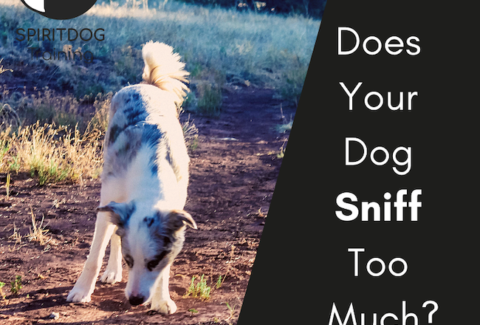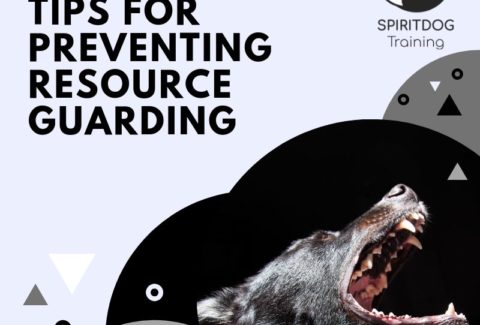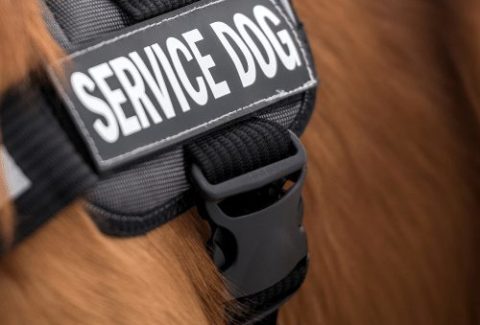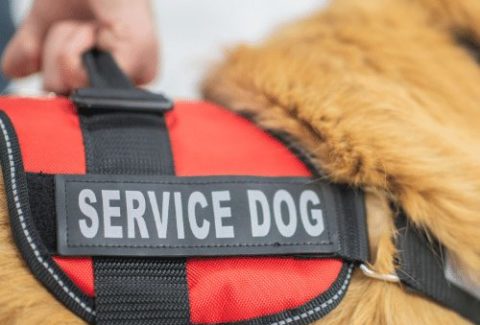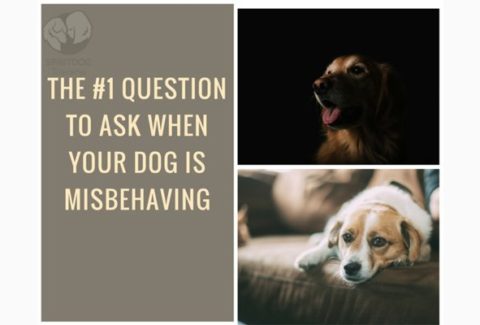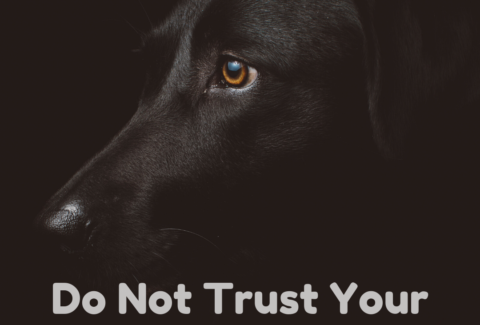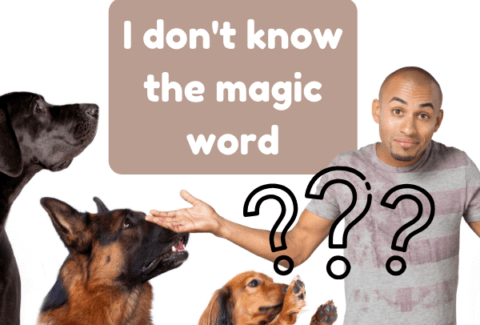Staircase of Excitement or: Getting Kicked Out Of PetSmart
May 19, 2021 2022-12-12 6:44Staircase of Excitement or: Getting Kicked Out Of PetSmart
Staircase of Excitement or: Getting Kicked Out Of PetSmart
A few months ago, I met Gunther. Gunther is the personification of a lot of dogs I train with every week. The other Gunthers of this world are named Bandit, Beau, Max or Luna. Gunther is a German Shorthair Pointer, but he could just as well be a German Shepherd, Heeler, Australian Shepherd or Doberman.
He is your stereotypical, high-drive working dog (Do you really want a working dog? Read this first). If someone asked me to draw a picture of boundless energy, I would draw Gunther.
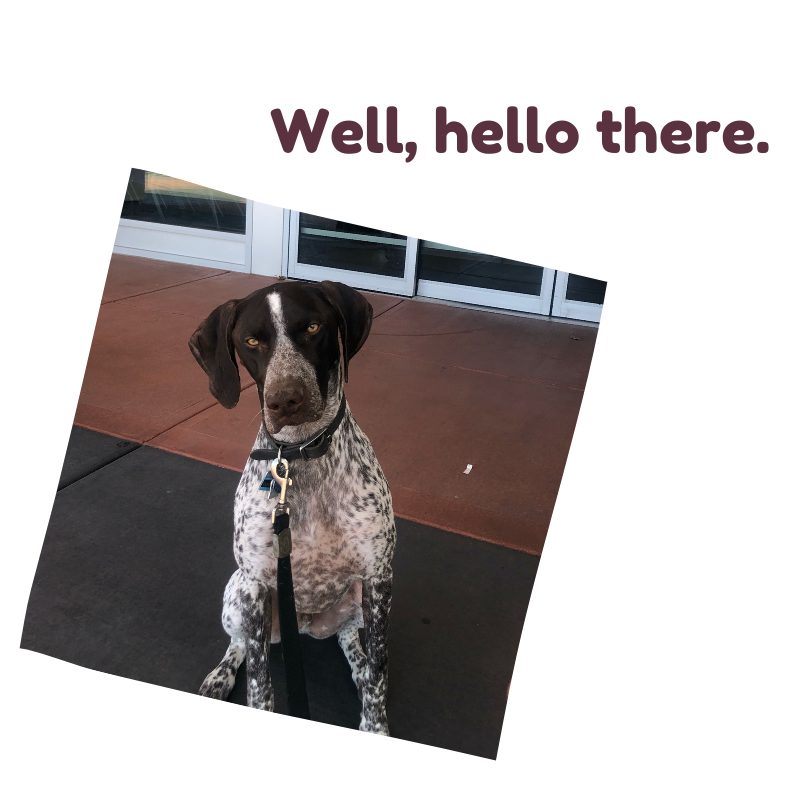
Gunther is around one year old. And he has the exact same behavior that all Lunas, Beaus and Bandits of working breeds show:
He is IN CRAZY LOVE with life.
I have to say, I like the dogs that love life. They make training very fun – few things are as hard as training a dog who doesn’t care for any rewards you have. The Gunthers of this world care SO MUCH about everything and anything: a piece of kibble, a steak, or a leaf blowing by. There’s nothing Gunther doesn’t care about. (I have seen him wildly excited by a single pebble on the sidewalk). The second he comes out of his crate it is on.
This love for life and everything in it can make training tricky. Where do you begin to teach a dog that paying attention to you is the most important thing, when you are competing with 12,728 other things for the pole position in their mind?
Taking Over With Gunther
Mr Gunther came to me as a day training dog. Day training is a form of training I offer to my local clients that has fast become one of my favorite options. I go to the client’s house and train their dog while they’re at work, taking care of their kids, running errands – or, in Gunther’s case, even living overseas. It allows me to plan out the training in an individualized way, letting the dog guide me in what works best. That leads to progress very quickly – and, I just really love training dogs myself. A win-win-win for the owners, the dog and me 😉
Anyway, when we started training together, Gunther had a super-duper short attention span. He was certainly treat-driven, but he was also scent-driven, sight-driven, driven by birds, by people, by other dogs … you name it.
This is why we started out with our training in a very slow way, trying to avoid the:
#1 Mistake I See With Highly Excited Dogs
The biggest mistake I witness over and over and over with highly aroused dogs is progressing too fast once they are in their “crazy state”.
Let’s for example say that you are taking your young, working-bred dog to a group class.
As soon as you get out of the car, your dog becomes a mixture of a stallion rearing up at the end of his leash and a hyena calling loudly in expectation of all the fun he is going to have.

Of course, since you already paid for the class, and you want to begin the training, you start walking towards the building. Your dog might be pulling so hard that his front feet barely tough the ground, you can hear him breathing hard as he is straining against his leash, and any kind of “Heel! Leave it! No!” does not do any good in keeping him close.
By the time you reach and enter the building, your dog’s excitement went through the roof. His mind is utterly blown. He is at the same time greeting every dog, sniffing every corner and dashing from one end of the leash to the other. You wonder how much adrenaline he can take before he must just pass out from exhaustion (I don’t know either).

It will be very difficult (if not in some cases just impossible) to regain your dog’s attention and turn this into a positive learning experience for everyone. It might well be that he will spend the whole lesson high as a kite and unable to really focus on you.
In order to understand why this is happening, and how you can change the process, let’s look a little closer at excitement.
The Staircase Of Excitement
The easiest way to appreciate how excitement works in dogs is to think of it as a staircase. A calm, relaxed dog is at the green bottom step of the staircase. With growing excitement he goes up the staircase step-by-step, until he is “out of his mind crazy”.
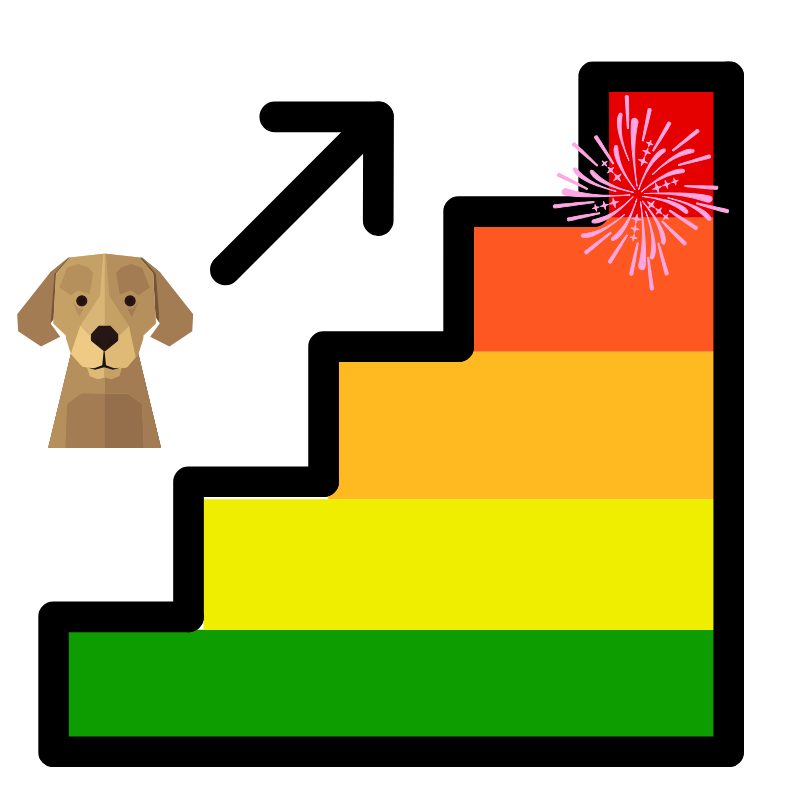
The dog that got out of his car at the parking lot at the dog school was probably at the top of yellow going into orange. If your dog is already at such a level of arousal, it in crucial to gain his focus and attention before continuing on in any way.
If your dog cannot pay attention (or even eat treats for free) in the parking lot, then letting him drag you into the building and progressing into the dark orange and red step is going to make focusing on you absolutely impossible.
This means that even if it is tedious and feels annoying: You need to gain your dog’s attention as soon as his excitement starts to rise. It is not realistic to let him rise higher and higher on the staircase, then try to get him down once he is on the top step.
Any progression of arousal need to be stopped immediately if your dog cannot engage with you anymore. Letting him continue on with his increasing excitement will only work against you.
How Does This Work With Group Classes?
Let’s go back to our group class example. I actually give all my group class students the same instructions: If you get out of the car and your dog is already blowing you off, do not take a single step more into the direction of our training location.
Training does not start when you reach your classroom – training starts when you notice a behavior you’d like to change.
If you do not have your dog’s engagement in front of your car because he is trying to go and greet his doggy friends, you will not have his engagement when you are actually standing next to your classmates.
Start training right at the moment at which you feel your dog’s excitement rise and his attention wane.
This is a video from our Out and About Online Class with some easy engagement exercises you can try out in such a situation (featuring Gunther at the end!):
Your dog is now focused on you next to your car? Great! Take a few steps and check if he is still engaged. Yes? Alright, continue on. No? Play and potentially make it easier again.
Basically, you are following this flowchart:
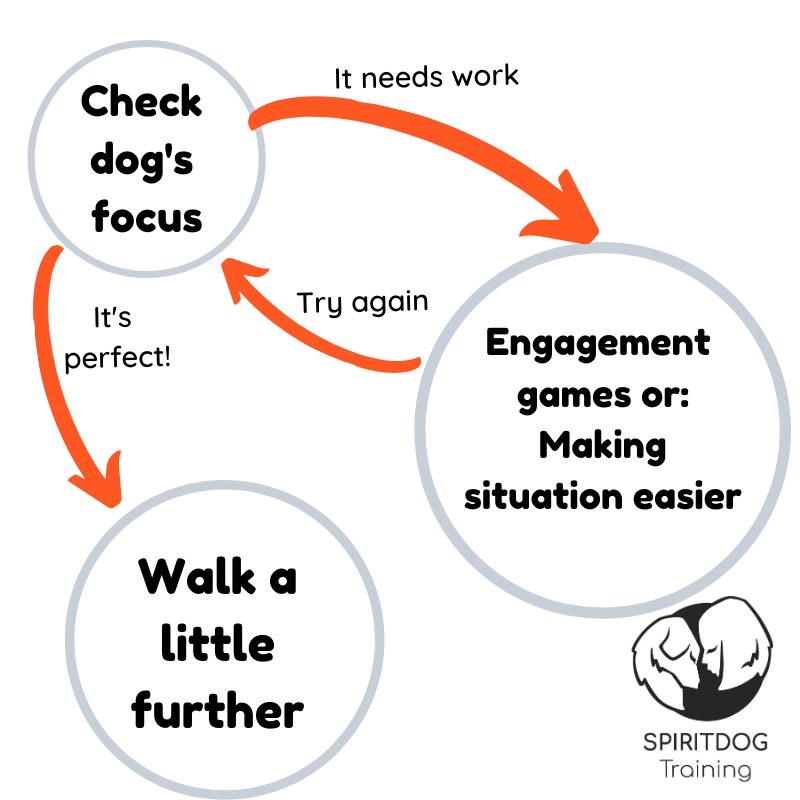
Yes, it will take longer to get anywhere with this approach. But you know what your dog will rehearse? Always being on the bottom steps and being engaged with you. Not getting carried away by his excitement. After all, that’s what we want, right?
Walking Further Into Excitement Is Like Running A Marathon
If you keep approaching the “center of all excitement” (whether that is a the dog training school, a park, a pet store etc.) with a dog who is already way over the top and expecting him to focus there is actually trying to improve the behavior by making the setup harder.
If you are training for a 5k and things are not going so well, then trying to run a marathon is definitely not going to go well. We need to master the closest challenge first before we can reach for the next one.
How Gunther Got Kicked Out Of A Pet Store
Let’s come back to Gunther. Gunther’s biggest excitement challenge was going to a pet store. As soon as he got out of the car in the parking lot he would pull on leash and actually scream in anticipation. Any kind of effective training was impossible. He was on the last step of the excitement staircase and ready to launch off into outer space from there.
This is a challenge just to my liking. Gunther and I were going to master the pet store together! Our first session was less than impressive. I actually had to walk away from my car into the opposite direction from the store in order for him to be able to engage with me and calm down a bit. We walked back and forth about 50ft from the store. I focused on him being in a state of mind where he could engage with me and not be obsessively staring at and pulling towards the pet store. Success! (even if far away).
Our next outing was already better. We could approach the pet store up to about 15ft. Note that this was not a “goal” I set for us. I only set the goal for myself of keeping Gunther in a responsive state of mind.
It is very important to let the dog’s arousal level guide you in this training. You don’t get to make the decisions 😉 You need to react to what your dog is able to do at any given time.
In our third outing, the magic happened: We could approach the first of two sets of sliding glass doors. We walked through – and right back out. We walked through again a few times, and back out. I made sure to progress very carefully here and not be too bold in going straight all the way inside. But then …
I was ecstatic. We walked in and out, and in and out, and in and out over and over. He was such a superstar.
After about two dozen calm entries into the pet store, I got taken aside by a store associate. I was told that unless I was planning on buying something, we had to leave. We set off the counter too many times, making the statistics look like people are going in and out and not ever finding anything they want.
And this is how you can conquer the staircase of excitement, and become so good at pet store approaches that you get kicked out. Bravo Gunther!
Never keep moving towards the thing that excites your dog if he is already unable to control his arousal. Go slow and let him rehearse keeping a cool head and attentive mindset.
On the long run, the slower approach will let you progress at a much faster speed!
Happy Training.
Steffi Trott
Related Posts
Does Your Dog Sniff Too Much? Let him.
Tips For Preventing Resource Guarding in Dogs
Do Goldendoodles make good service dogs?
Best Service Dog in Training Vests
How To Train A Herding Dog
The #1 Question To Ask When Your Dog Is Misbehaving
Do You Really Want A Working Dog?
Do Not Trust Your Aggressive Dog
I Don’t Know The Magic Word
Check out our effective and affordable online dog training courses!
-
Sale Product on sale
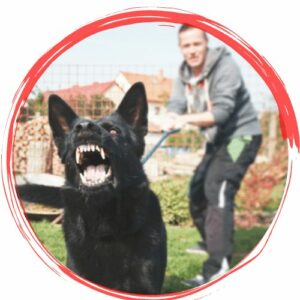 Tackling Reactivity Bundle
Tackling Reactivity Bundle
MONEY BACK GUARANTEE$564.00$49.00 -
Sale Product on sale
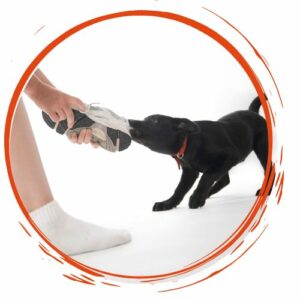 Perfect Obedience Bundle
Perfect Obedience Bundle
MONEY BACK GUARANTEE$349.00$49.00 -
Sale Product on sale
 Ultimate Puppy Bundle
Ultimate Puppy Bundle
MONEY BACK GUARANTEE$416.00$49.00 -
Sale Product on sale
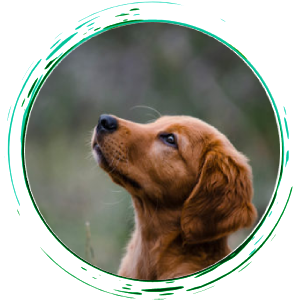 The Perfect Focus Bundle
The Perfect Focus Bundle
MONEY BACK GUARANTEE$445.00$169.00 -
Sale Product on sale
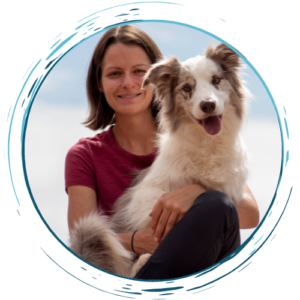 Ultimate Masterclass Bundle
Ultimate Masterclass Bundle
MONEY BACK GUARANTEE$2,213.00$499.00

